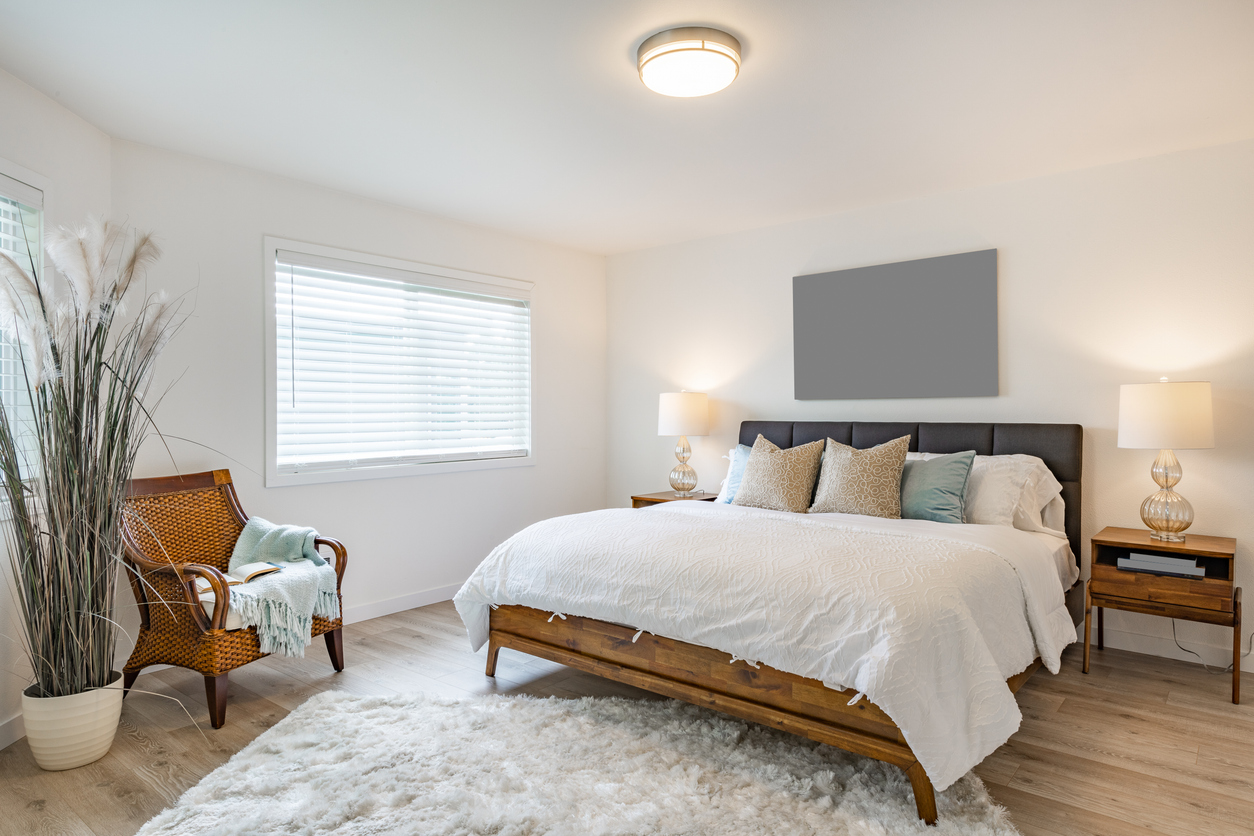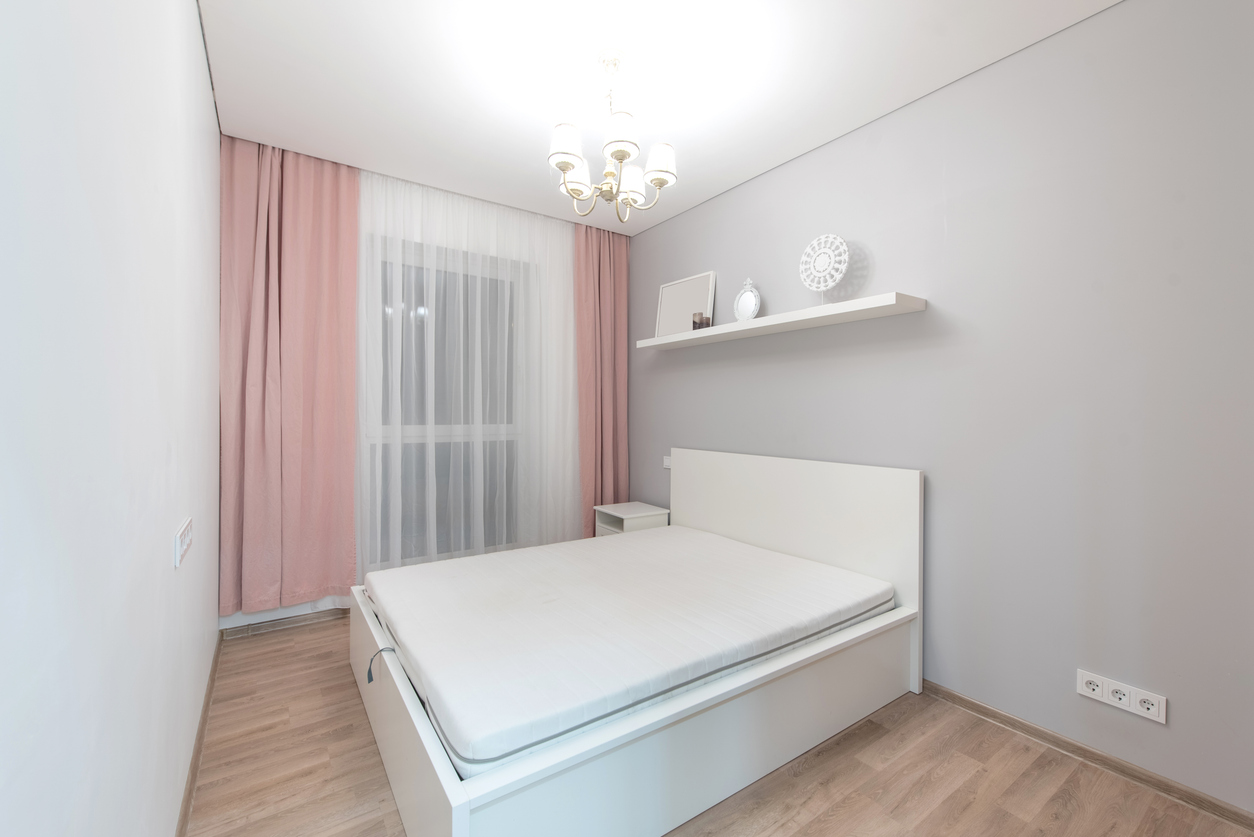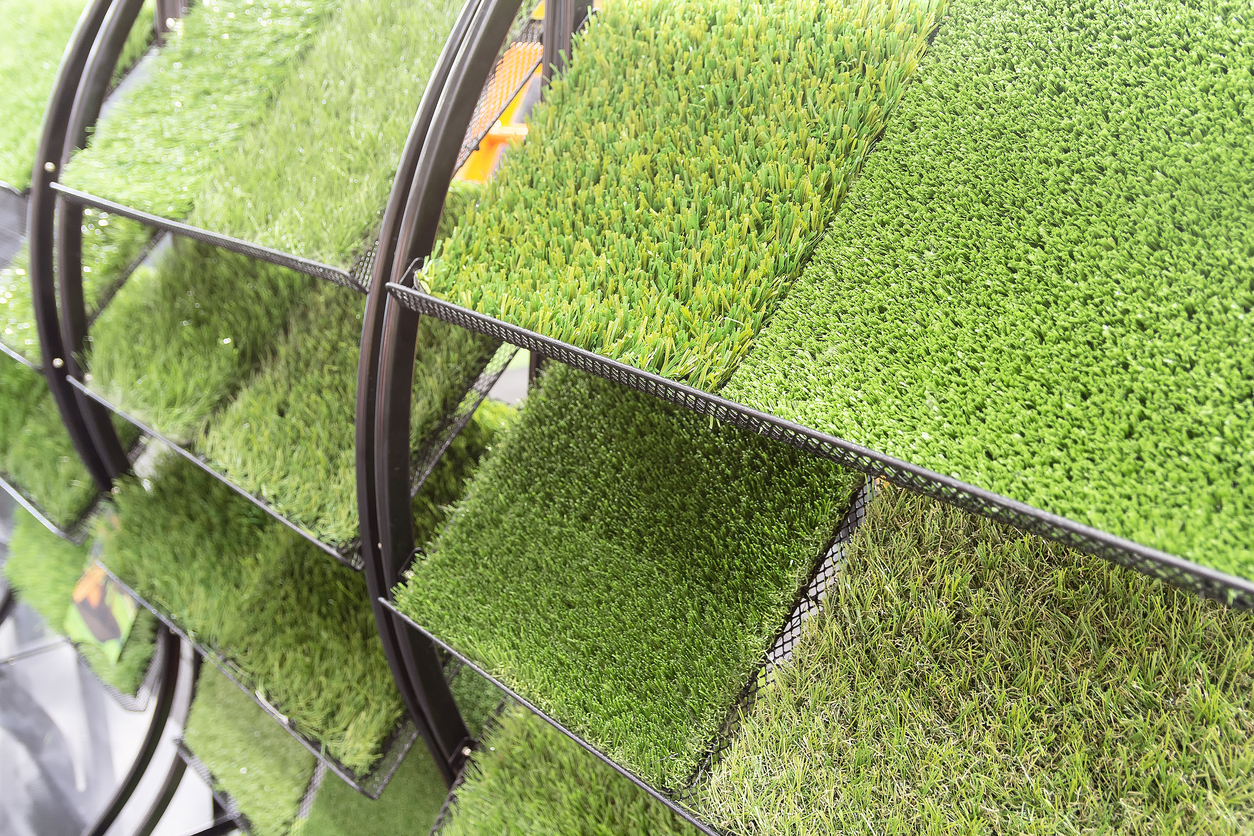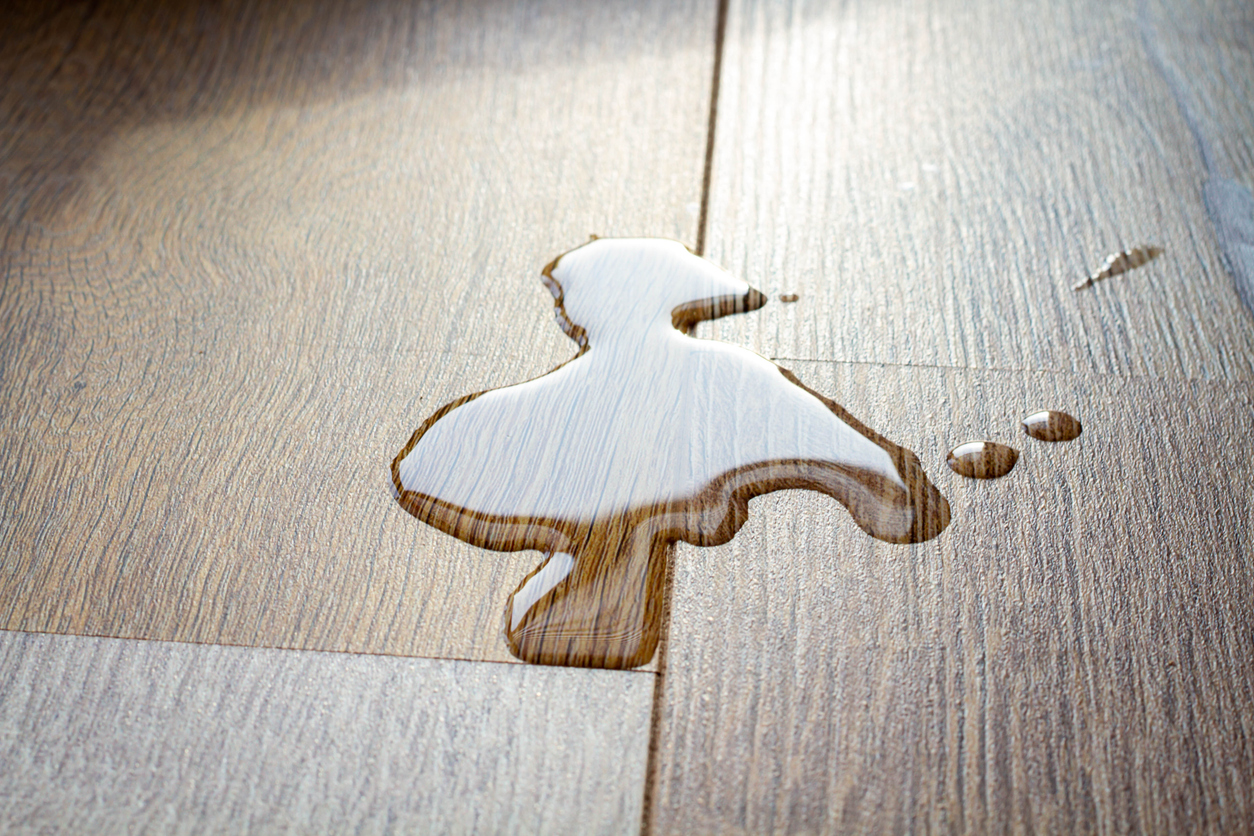Cosy carpets are not always the ones with soft fibres or neutral, warm colours. The actual comforting element is the element lying underneath. This hidden layer sits between the carpet and the floor, making the carpet softer, warmer, and last for an extended period. The question remains, which carpet underlay is the best for your home?
Read this guide to get the answer to the question. This blog explains what to look for, compares the main types, and helps you choose the best carpet underlay UK buyers can trust.
Factors to Consider for an Underlay
There is not one reason to choose a carpet underlay. Carpet underlays have been playing multiple roles that extend beyond providing comfort. These are also the factors you should consider before installing one.
Comfort
Comfort is one of the first things people notice when they walk into a room. The right underlay creates a cushioned feel under your feet. Bedrooms and living rooms often need more comfort. A thicker, softer underlay will make these spaces feel luxurious and relaxing.
Insulation
The right underlay provides optimal thermal insulation, keeping the heat in and cold out. A good thermal underlay makes a room feel warmer in winter and helps cut down heating bills. If you live in a colder part of the UK, this is a big plus.
Durability
In homes where there is high foot traffic, durability is a key consideration, especially for areas like stairs and hallways. These areas need underlays that can take daily wear without losing their shape. If your underlay is durable enough, it can help your carpet last longer, keeping it looking new.
Noise Reduction
Reduction of noise is a must for flats, upstairs rooms, and busy households. The acoustic carpet underlay homeowners choose can block the sound of footsteps and moving furniture. For even better performance, look at soundproof carpet underlay UK ranges that are made specifically to reduce impact noise.
Main Types of Carpet Underlay
The best carpet underlays also depend on the material. Different materials offer different comfort levels, insulation, durability, and aesthetic appeal. The most common types of carpet underlay are:
PU Foam Underlay

PU foam underlay is soft, lightweight, and offers great insulation. It’s made from recycled materials and is one of the most popular options for homes in the UK. PU foam underlay works best in bedrooms and lounges where comfort is the main goal.
Pros:
- Soft underfoot feel
- Great for warmth and comfort
- Lightweight and easy to fit
Cons:
- Not as durable as rubber for heavy traffic areas
Rubber Underlay
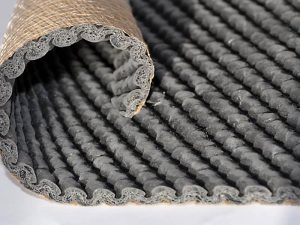
Rubber underlay comes in sponge and crumb rubber versions. Both are tough and long-lasting. This type is ideal for high-traffic areas like hallways, stairs, and commercial spaces. Rubber underlay gives strong support and keeps carpets from flattening.
Pros:
- Highly durable
- Ideal for stairs and busy areas
- Great at keeping the carpet in shape
Cons:
- Not as soft as foam in low-traffic areas
Felt Underlay
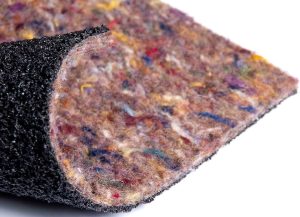
Felt underlay is a traditional choice that offers a firm feel underfoot. It’s made from wool and recycled fibres, making it eco-friendly. Felt is dense and gives great support, which helps carpets last longer.
Pros:
- Eco-friendly
- Strong and supportive
- Good for durability
Cons:
- Not as cushioned as foam
Combination Underlay

Combination underlay blends rubber and felt. It gives you the comfort of felt with the resilience of rubber. This makes it a versatile choice for living rooms, dining rooms, and home offices.
Pros:
- Balanced comfort and durability
- Works in many room types
- Good insulation and support
Cons:
- Often more expensive than single-material options
Cork Underlay
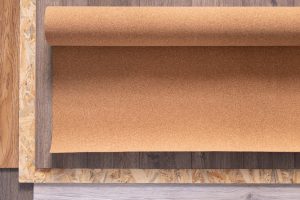
Cork is an environmentally friendly material for an underlay, acquired from the bark of a cork oak tree. It’s natural, sustainable, and offers several benefits for flooring systems.
Pros:
- A renewable source
- Provides excellent thermal insulation
- Can withstand high foot traffic
Cons:
- Easily swells and can deteriorate because of easy moisture absorption.
Thermal Underlay

Thermal provides additional insulation, keeping your home warmer and more energy-efficient. It’s perfect for use in colder climates or homes seeking to improve heating efficiency.
Pros:
- Reduces heating costs
- Improves overall energy efficiency by preventing heat loss
- Absorbs noise as well
Cons:
- Can be pricier
Soundproof Underlay

Soundproof underlay is a great option if you live in an apartment or any space where reducing noise is a priority. It helps to minimise sound transmission between floors.
Pros:
- Reduces impact noise
- Perfect for theatres and music rooms
- Maintains privacy
Cons:
- Can add extra thickness, potentially affecting door clearance or transitions
Underlay for Underfloor Heating

This type of underlay is specifically designed for use with underfloor heating systems, ensuring efficient heat transfer and supporting the system’s performance.
Pros:
- Improved heat distribution
- Helps underfloor heating systems operate better
- Acts as a protective barrier, preventing heat loss
Cons:
- Incompatibility with certain floor types
What Choosing the Right Underlay Improves
Now, let’s take a look at the benefits of choosing the right carpet underlay:
Carpet Lifespan
A quality underlay acts like a shock absorber for your carpet. It reduces the pressure from foot traffic and furniture, keeping the carpet fibres in better condition. Over time, this saves you money by avoiding early replacement.
Warmth and Comfort
Thermal underlay can make a huge difference in keeping your home cosy. If you have draughty floors or live in a cooler area, this extra warmth will be noticeable every day.
Noise Reduction
Soundproof underlay helps reduce both impact and airborne noise. This is ideal for upstairs bedrooms, flats, and media rooms where quiet is important.
Energy Efficiency
By improving insulation, your underlay can help lower heating bills. This is especially true if you choose a thermal underlay with high tog ratings.
Scenario-Based Recommendations
Now, let’s take a look
PU foam underlay: Best for bedrooms
Soft and cosy, it gives you the ultimate comfort underfoot. Perfect for relaxing spaces.
Rubber underlay: Best for stairs
Durable and supportive, it stands up to heavy traffic and keeps carpet from wearing down quickly.
Combination underlay: Best for living rooms
A balance of comfort and strength makes it ideal for busy family areas.
Felt underlay: Best for eco-conscious homes
Made from recycled fibres, it’s strong, sustainable, and long-lasting.
Extra Considerations
If you have underfloor heating, you’ll need an underlay for underfloor heating that allows heat to pass through without blocking it. Look for low tog ratings in this case, as thick insulating underlays can reduce the efficiency of your heating system.
For apartments or noisy households, acoustic carpet underlay UK options are a smart choice. If you need maximum sound control, go for a soundproof underlay designed to block both impact and airborne noise.
Where to Get the Best Carpet Underlay UK?
If you are looking for the best carpet underlay UK store, Floor Express can be the one you need. We understand that the best-suited underlay considers space, comfort, traffic, and other factors. Our collection of underlays and carpet in Manchester includes a wide variety of materials, including foam, rubber, and thermal, suiting every home and budget.
We guide you through the options so you get the perfect balance of comfort, durability, and performance. Our staff understands that the right underlay doesn’t just protect your carpet but also transforms your entire flooring experience.
Upgrade your floors today with Floor Express underlays for commercial, residential, and landlord carpets in Manchester.
Frequently Asked Questions
What is the best thickness for carpet underlay?
The best carpet underlay UK is between 8mm and 12mm thick. This is the optimal thickness for better comfort and durability. The thickness of underlays also depends on the space and traffic.
Is rubber or foam underlay better?
It depends on where you’re using it. Rubber underlay is tougher and ideal for stairs, hallways, and other busy spaces. PU foam underlay is softer, warmer, and great for bedrooms or lounges where comfort comes first.
Do you need an underlay for carpet?
Yes. It is not necessary, but recommended for comfort, insulation, and extending the carpet’s lifespan. It absorbs impact, reduces wear, and makes your floor feel softer underfoot. Without it, your carpet may flatten quickly and feel less comfortable.
Can you use carpet underlay for laminate flooring?
Standard carpet underlay isn’t suitable for laminate flooring. Laminate needs a specific underlay that’s thinner, denser, and designed for stability.
How to lay carpet underlay?
We recommend that you hire a professional carpet underlay UK installer for the best finish.


